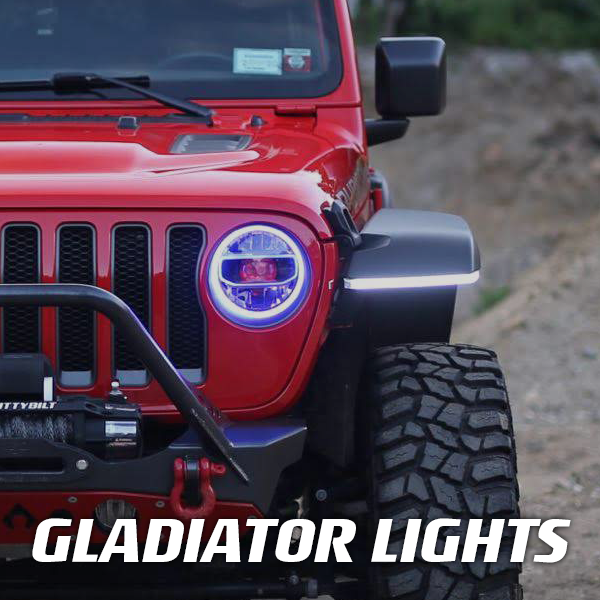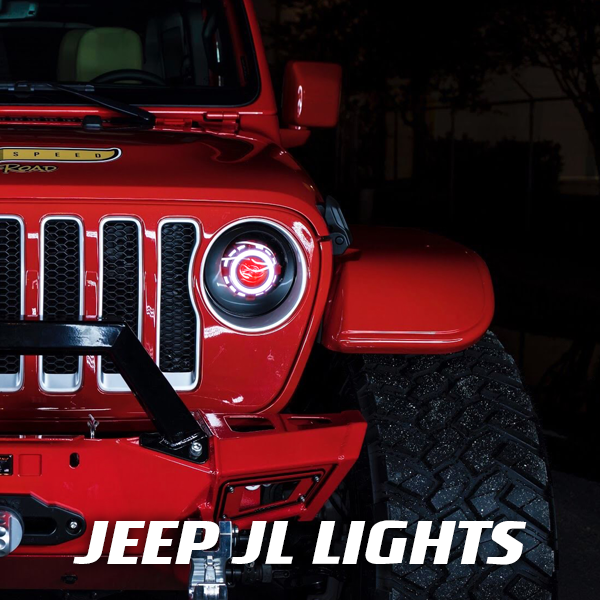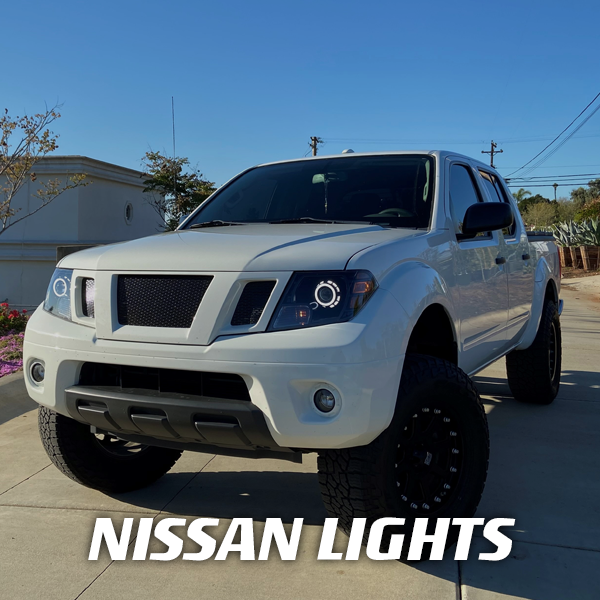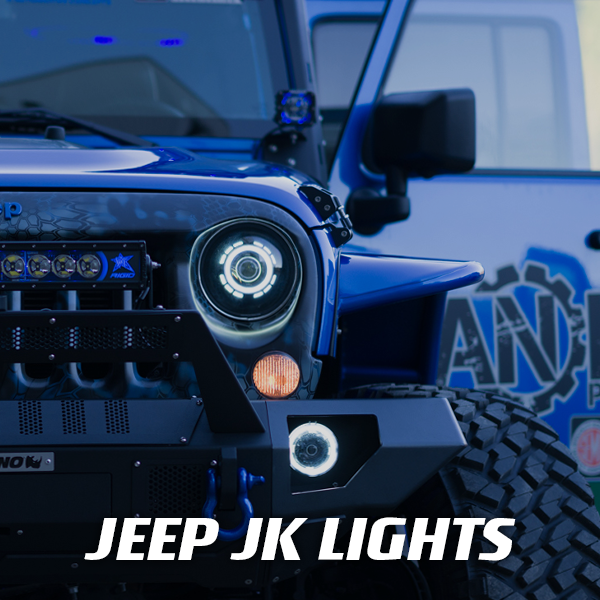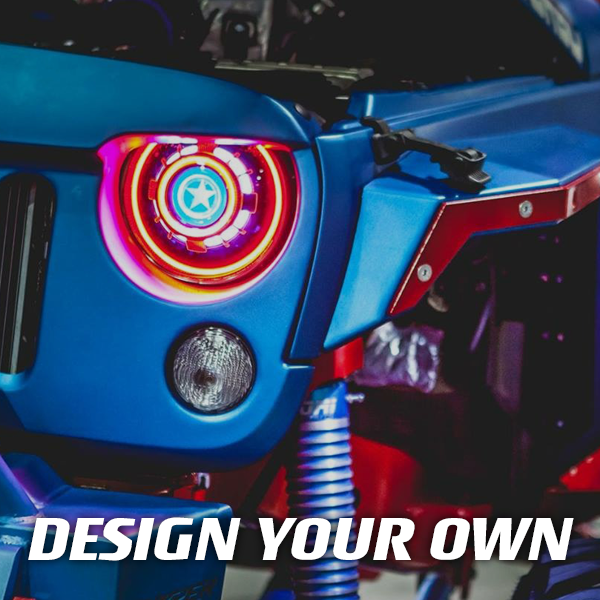Fog lights are crucial in vehicle safety features that enhance visibility in adverse weather conditions. Unlike standard headlights, fog lights are specifically engineered to cut through fog, rain, snow, and dust, providing drivers with a clearer view of the road and reducing the risk of accidents.
This blog will delve into the purpose, functionality, and proper use of fog lights, offering insights into why they are an indispensable part of modern automobiles.
What are Fog Lights?

Fog lights are auxiliary lights mounted on vehicles' front and sometimes the rear, positioned lower than standard headlights. Their primary function is to illuminate the road directly in front of the vehicle, allowing drivers to see and be seen in poor visibility conditions. The unique placement and design of fog lights help minimize glare and reflect light at the driver, a common issue with regular headlights in foggy conditions.
How Do Fog Lights Work?
Fog lights operate using a different beam pattern compared to standard headlights. They emit a wide, bar-shaped beam of light toward the road. This beam pattern is critical because it helps to reduce the amount of light reflected by fog, rain, or snow. By focusing light low and wide, fog lights create a blanket of illumination that enhances visibility without blinding oncoming traffic or causing glare for the driver.
Types of Fog Lights
- Halogen Fog Lights: These are the most common type, known for their affordability and adequate performance. They use halogen bulbs that produce a yellowish light, effectively penetrating fog and rain.
- LED Fog Lights: LED fog lights are becoming increasingly popular due to their energy efficiency and longevity. They produce a bright, white light that offers superior illumination and better visibility in foggy conditions.
- HID Fog Lights: High-Intensity Discharge (HID) fog lights provide a very bright and intense light, making them suitable for extreme weather conditions. However, they are more expensive and may require professional installation.
- Diode Dynamics Fog Lights: Diode Dynamics is a well-known brand in the automotive lighting industry, and their fog lights are highly regarded for their quality and performance.
When and How to Use Fog Lights
Fog lights should be used in specific scenarios to ensure optimal performance and safety:
- During Foggy Conditions: As the name suggests, fog lights are most effective in fog. They help drivers see the edges of the road and any potential obstacles.
- In Heavy Rain or Snow: When visibility is severely reduced, fog lights can aid in better road illumination, helping to avoid accidents.
- Dusty Roads: In arid regions with common dust storms, fog lights can cut through the dust, ensuring a safer drive.
It's important to remember that fog lights are not designed for regular use. Using them in clear weather can dazzle other drivers and is generally against traffic regulations. Always switch off your fog lights when visibility improves.
Benefits of Fog Lights
- Enhanced Visibility: The primary advantage of fog lights is that they provide better illumination in poor visibility conditions, reducing the risk of accidents.
- Increased Safety: By improving the driver's ability to see and be seen, fog lights contribute significantly to road safety.
- Reduced Glare: Fog lights are designed to minimize glare, making driving in fog or heavy rain less stressful and more comfortable.
Conclusion
Fog lights are an essential feature for safe driving in adverse weather conditions. Understanding their purpose, functionality, and proper usage can help drivers navigate through fog, rain, snow, and dust more confidently and safely.
Always ensure that your vehicle's fog lights are in good working condition and use them appropriately to enhance your driving experience and ensure the safety of everyone on the road.
Head over to HIDprojectors, which offers quality Diode Dynamic fog lights, an essential feature for safe driving in adverse weather conditions.


